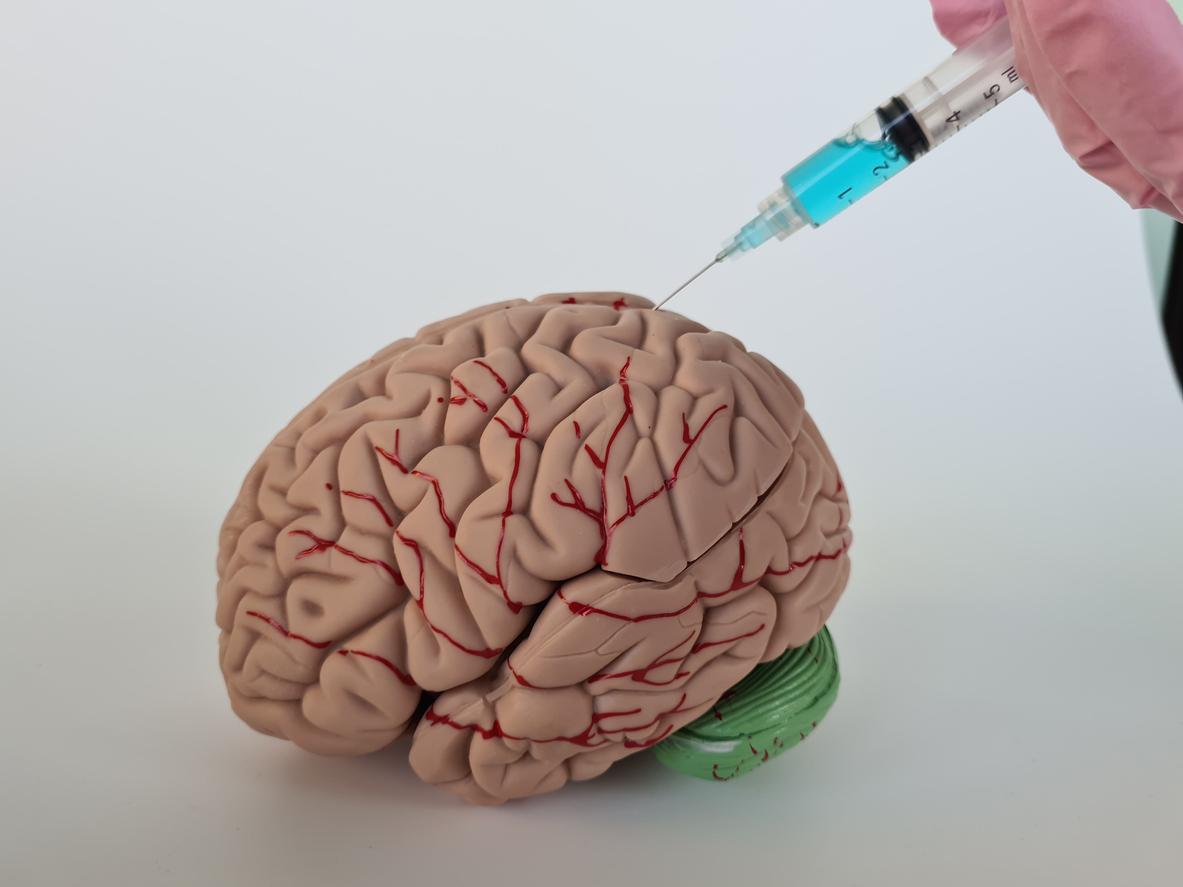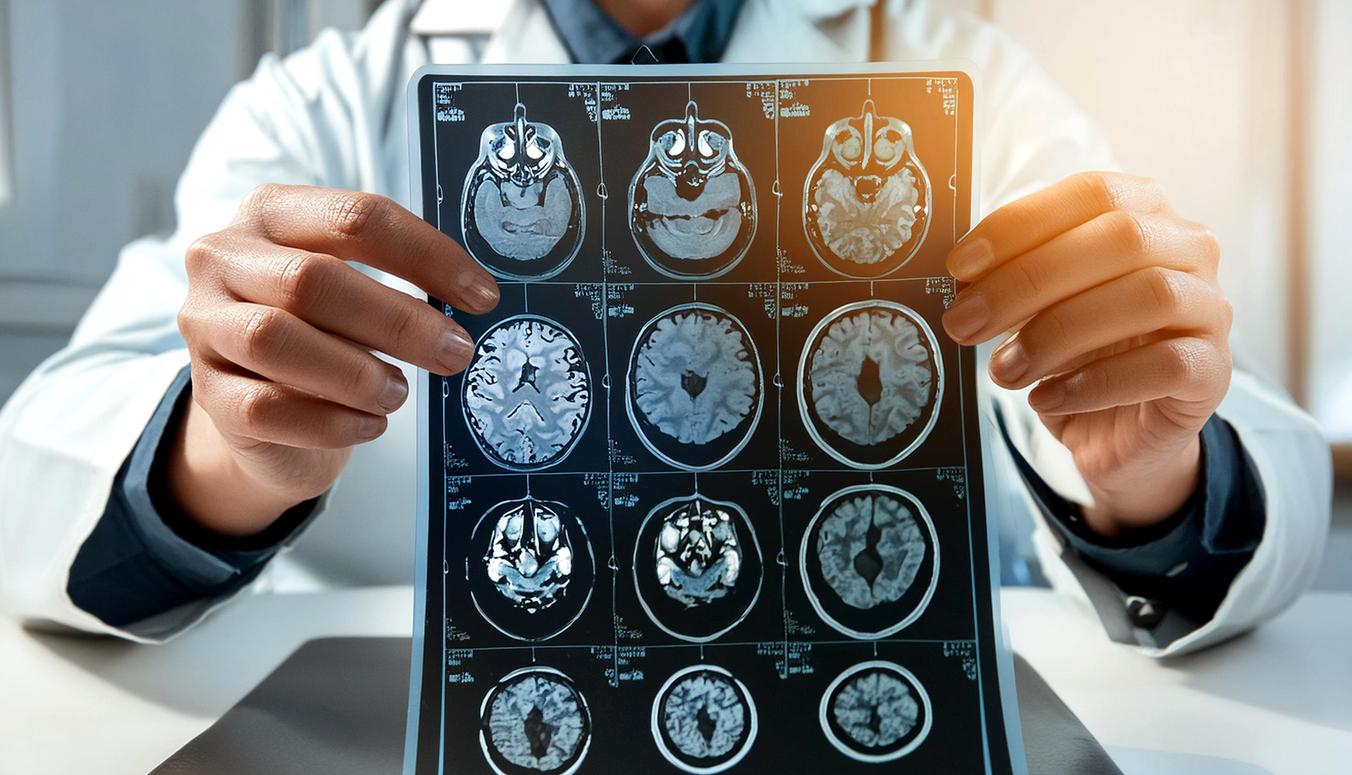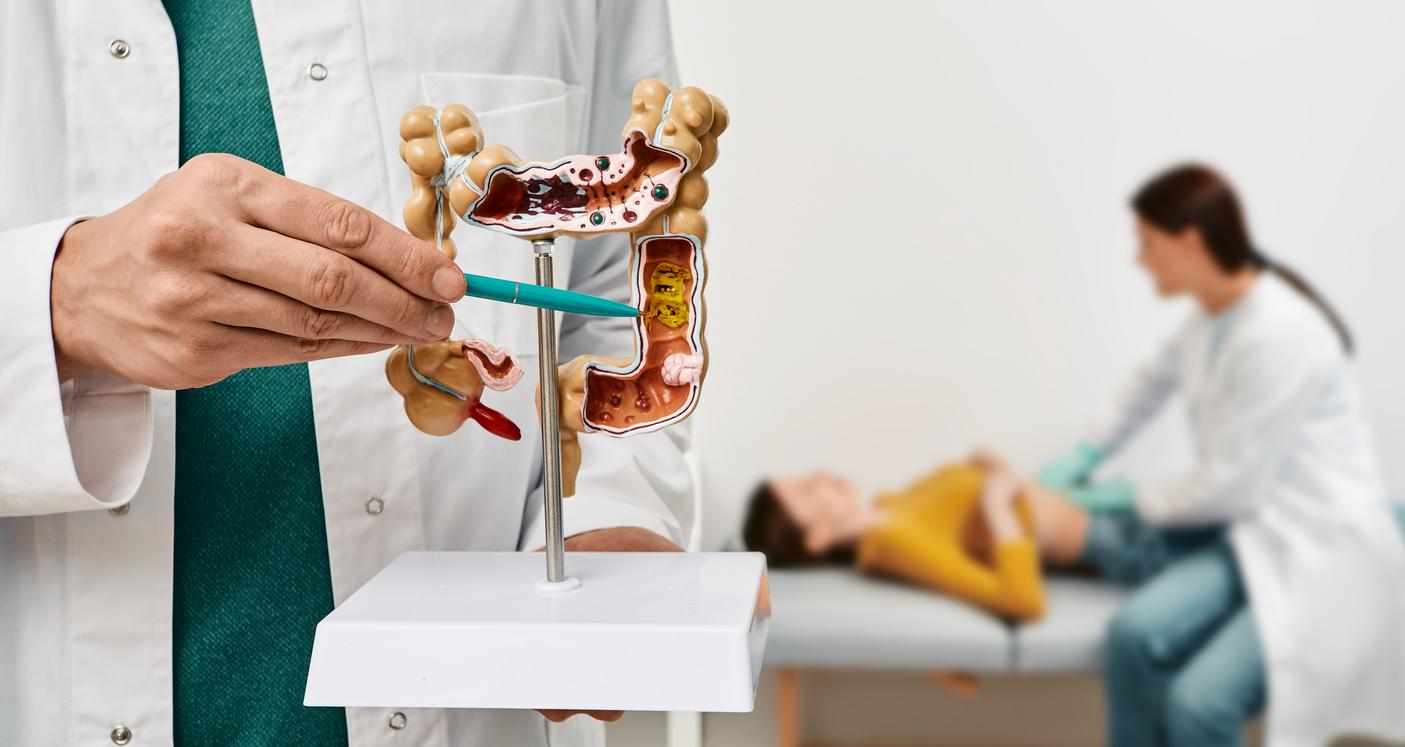After a myocardial infarction, ablation, generally reserved for adults whose condition does not improve with treatments, may be more effective than medications for patients with dangerous heart rhythms.

- Ablation is a minimally invasive procedure to treat abnormal electrical short circuits caused by a heart attack.
- It is often reserved as a last resort when antiarrhythmic drugs fail or are not tolerated.
- A new study shows that the use of this intervention as first intention reduces by 25% the risk of dying or suffering from ventricular tachycardia requiring a shock from the implantable cardiac defibrillator.
Following a heart attack, scar tissue in the heart muscle forms. “It doesn’t contract or help blood flow, but sometimes the scar contains surviving pieces of heart muscle that create abnormal electrical circuits in the heart, leading to a fast and dangerous heartbeat called ventricular tachycardia.”explained John Sappprofessor of medicine at Dalhousie University in Halifax (Canada). In detail, ventricular tachycardia, the most common cause of sudden cardiac death, is a rapid heartbeat that begins in the lower chambers of the heart (ventricles). The latter prevents the heart’s chambers from filling completely between contractions, reducing blood flow to the heart.
Heart attack: 416 patients took anti-arrhythmic drugs or underwent ablation
In case of ventricular tachycardia and ischemic cardiomyopathy, patients are at high risk of an unfavorable outcome. To reduce the risk of death from tachycardia, they may receive an implantable cardiac defibrillator, which returns the heart to a normal rhythm but does not prevent rapid heartbeats. Another option to prevent dangerous episodes of ventricular tachycardia: anti-arrhythmic drugs. Then, if these do not take effect, a cardiac ablation is carried out. This surgical procedure uses radiofrequency energy to destroy the abnormal heart tissue causing ventricular tachycardia, without damaging the rest of the heart.
“It is unclear whether catheter ablation is more effective than antiarrhythmic drugs as first-line treatment in patients with ventricular tachycardia,” indicated the Canadian researcher and his team. To find out, they recruited 416 adults who developed recurrent ventricular tachycardia after surviving a heart attack in 22 healthcare facilities in three countries. All participants, who had implantable cardiac defibrillators, randomly received antiarrhythmic medications (a 200 mg dose of amiodarone or a 120 mg dose of sotalol) or underwent catheter ablation. After the intervention, the volunteers were followed for at least two years.

Cardiac ablation reduces the risk of dying or suffering from ventricular tachycardia by 25%
Among patients in the catheter ablation group, adverse events occurring within 30 days of the procedure included deaths in two adults and nonfatal adverse events in 23 participants. Among people who received drug treatment, adverse events attributed to antiarrhythmic drugs included death due to pulmonary toxic effects in one volunteer and non-fatal adverse events in 46 patients. The research, published in the journal New England Journal of Medicinedemonstrated that people who underwent ablation were 25% less likely to die or suffer from ventricular tachycardia requiring a shock from the implantable cardiac defibrillator.
“For people who have survived a heart attack and developed ventricular tachycardia, our data shows that performing catheter ablation to directly treat the abnormal scar tissue in the heart causing the arrhythmia, instead than prescribing heart rhythm medications that may affect other organs besides the heart, provides better overall results,” concluded John Sapp.















